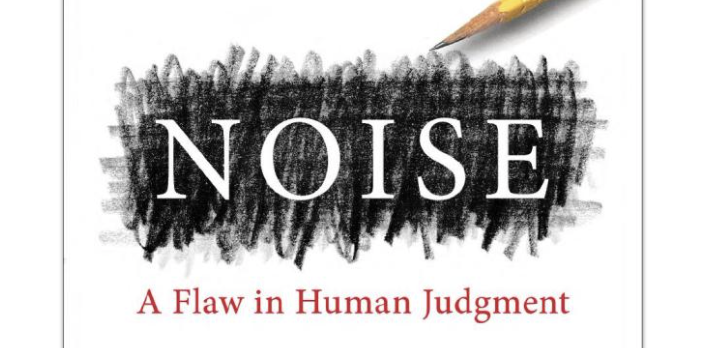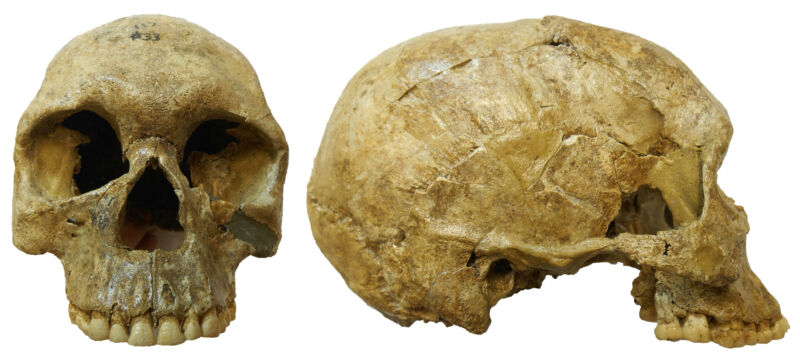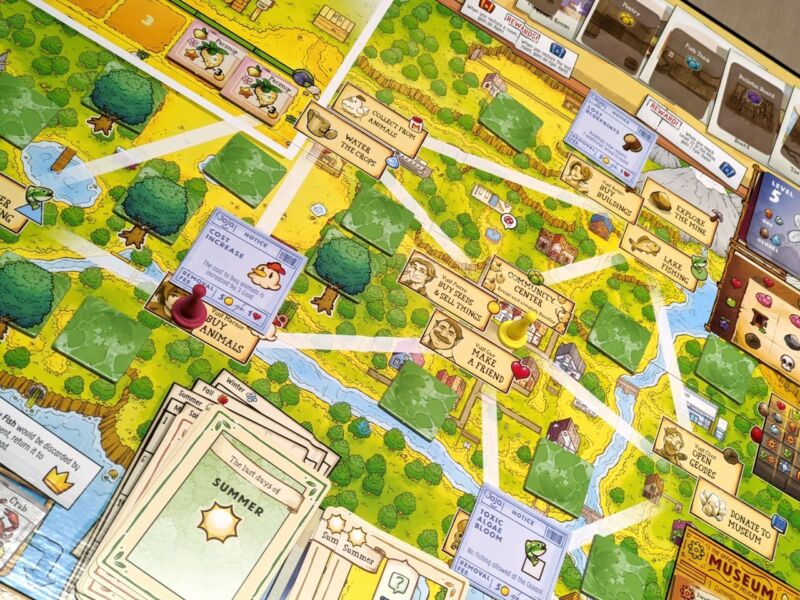
Enlarge (credit: Little, Brown and Company)
Everyone has biases. And everyone knows that everyone has biases, and that these biases affect our judgements. Bias is explainable, and our brains like things they can explain.
One of the leading explainers of our biases is economist Daniel Kahneman, famed for a Nobel win and his book Thinking, Fast and Slow. He's now teamed with Olivier Sibony and Cass Sunstein to write a book... that's... not about bias. Entitled Noise: A Flaw in Human Judgement, it deals with—you guessed it—noise, the variability among human judgements that is the result of humans being variable. We have distinct temperaments and personalities; we are different from each other, and we are different from ourselves, certainly from year to year but also even from hour to hour.
All of that noise is totally OK. But it is totally not OK when it means that one petty thief is granted bail while another must await trial in jail, or one asylum seeker gets admitted into the US while another does not, or one child at risk of abuse gets shunted into foster care while another stays put—all because they saw a particular judge on a particular morning.








